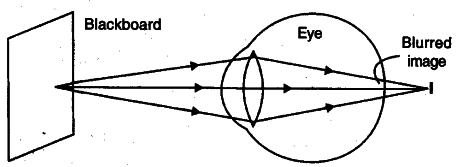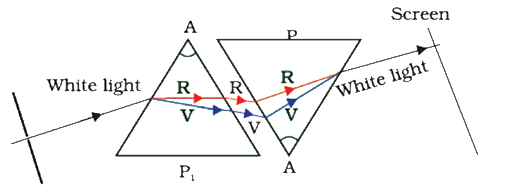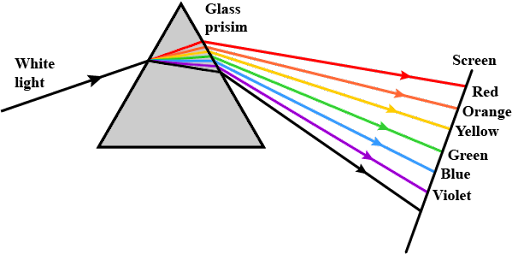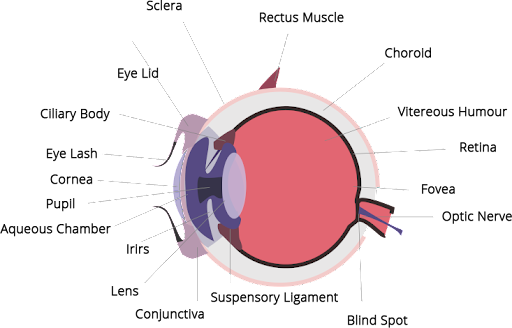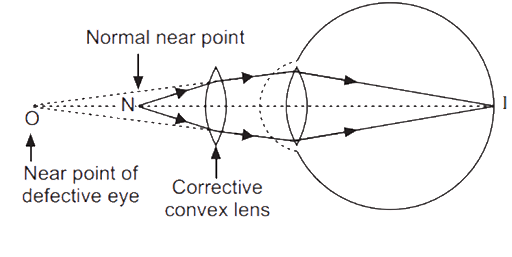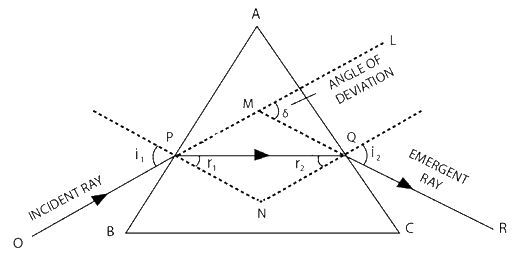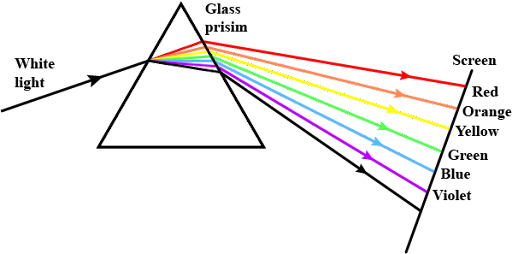NCERT Exemplar for Class 10 Science - Human Eye and Colourful World - Free PDF Download
FAQs on NCERT Exemplar for Class 10 Science Chapter 11 - Human Eye and Colourful World (Book Solutions)
Vedantu’s Chapter 11 of NCERT Exemplar Solutions for Class 10 Science covers some topics. They are listed below:
1. The Human Eye
Power Of Accommodation
2. Defects Of Vision And Their Correction
3. Refraction Of Light Through A Prism
4. Dispersion Of White Light By A Glass Prism
5. Atmospheric Refraction Ex
6. Scattering Of Light
Tyndall Effect
Why Is The Colour Of The Clear Sky Blue?
Colour of the Sun at Sunrise and Sunset.
Vedantu’s Chapter 11 of NCERT Exemplar Solutions for Class 10 Science mentions some key topics to make students focus on these without fail. They are listed below:
The reflection of light through a prism and the method of dispersion.
The formation of a rainbow.
Human eye structure
The defects in the vision of the human eye.
Choice of the lens to remove these defects.
Register online science tuitions on Vedantu.com to clear your doubts and download all the NCERT Exemplar Solutions for Class 10 to prepare for Board Examinations.



























